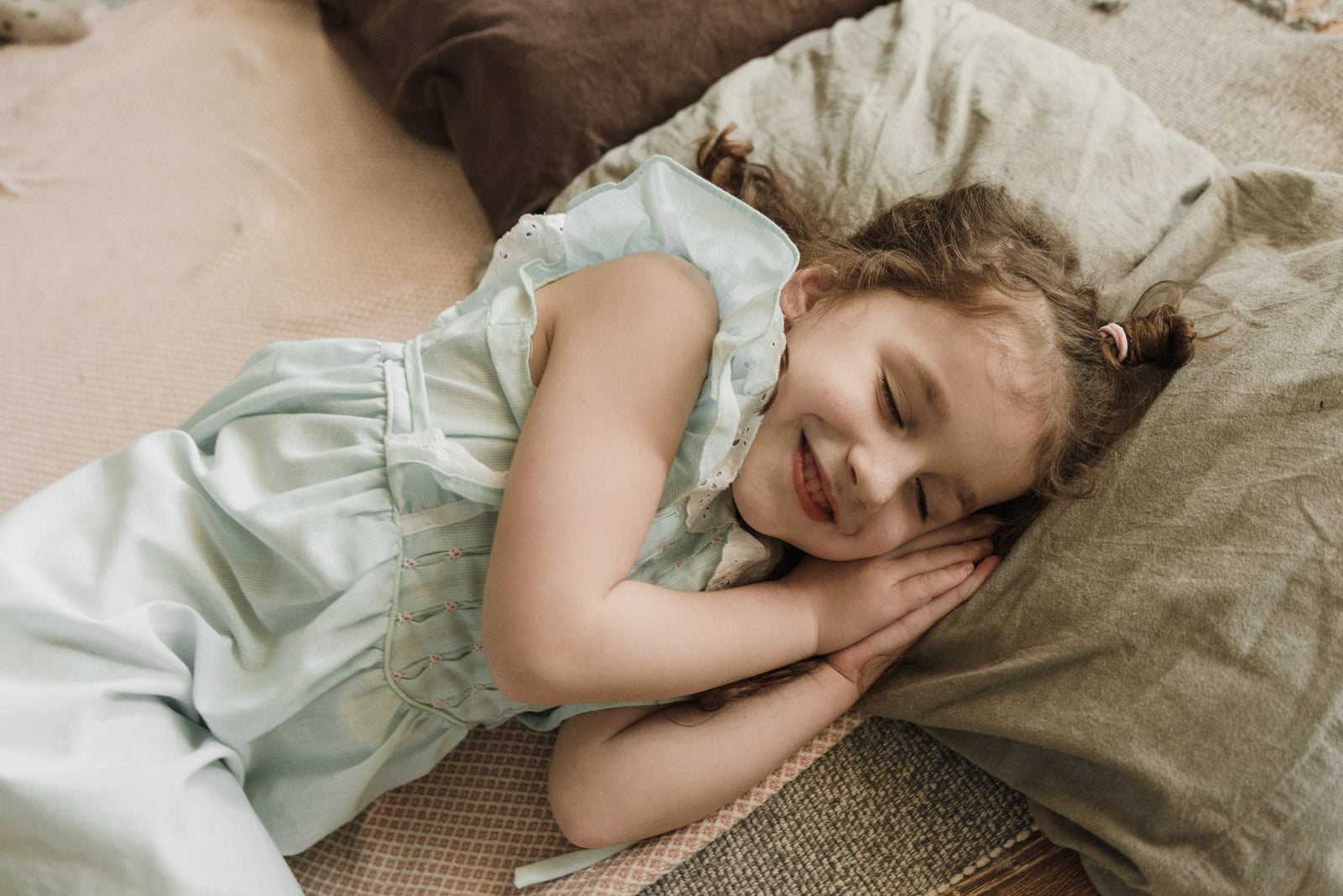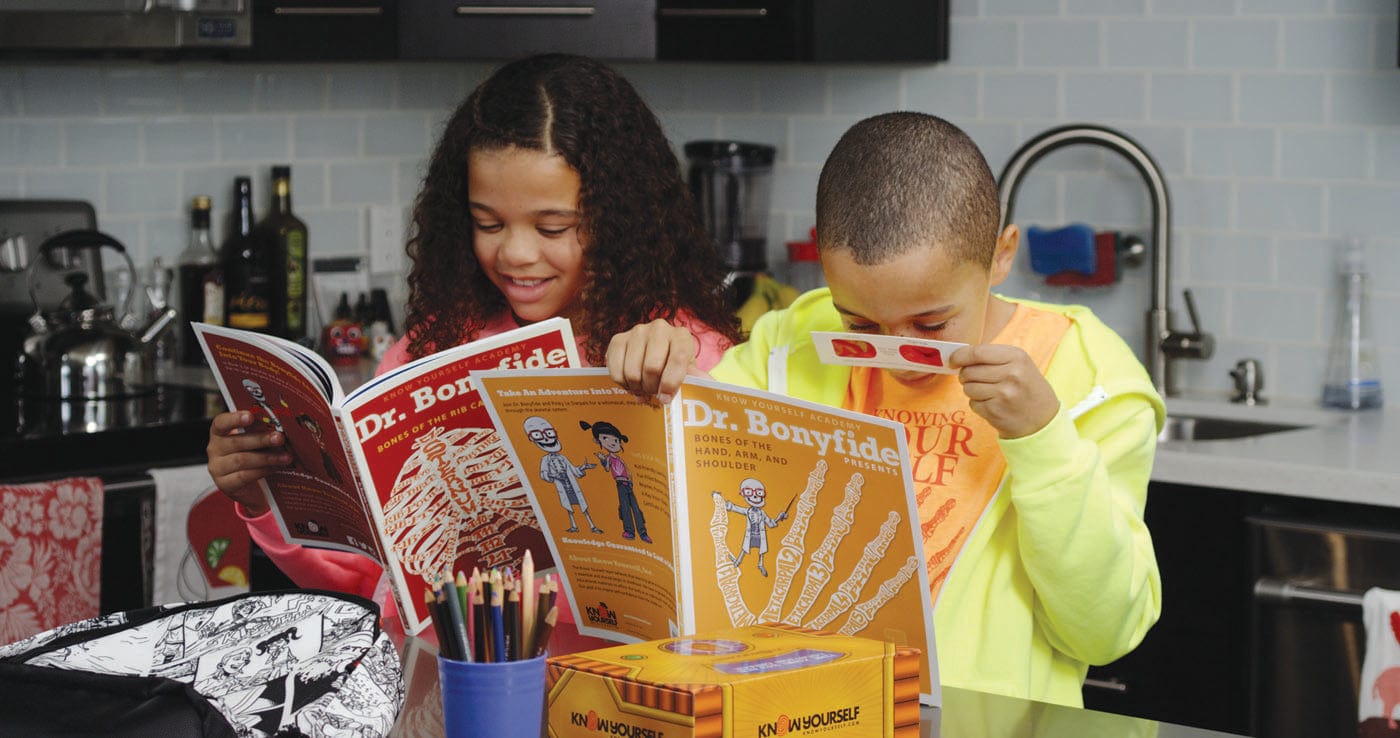
How does our brain process the senses?
Most children know that we taste with our tongue, see with our eyes, smell with our nose, hear with our ears, and touch with our skin. Something they might not know is that our brain has a big role in how our senses work.
Smell
Our sense of smell is also known as olfaction. When the nose picks up a new smell, the information bypasses the thalamus on its way to the cortex. This makes it so your brain can quickly make scentsof a smell memory. This process is actually different from the way other sensory systems function. Other sensory systems operate by sending knowledge about the outside world through the thalamus, which works like a gatekeeper to the brain’s cortex.
This might be why we experience smell differently than any of the other senses. Because scents skip the thalamus, smells enter our brains and attach to memories without us even processing or registering them.
For a more in-depth explanation, check out this video!
Activity: You Nose It!
This is an activity where kids can learn more about their sense of smell and get to know which smells are associated with good memories.
Parent Tip:
Because smell, memory, and emotions are powerfully linked, certain smell memories can affect us positively. Think back to the last time you and your family all had a good time together - what smell reminds you of that memory?
You Nose It
Materials:
- Ziploc or resealable plastic bags
- Cotton balls (optional)
- White Cardstock paper
- Staples
- Tape
- Markers
Instructions:
- Use Ziploc bags to individually collect items that bring you back to a past positive memory. Think flower petals, a cotton ball sprayed with mom’s perfume, or anything else you can think of.
- Once you have gathered your desired smell memories create a good smell memory book by stapling together a few sheets of card stock paper. Count one paper sheet per memory and add a cover sheet. Line up the sheets and then staple them on the left long side to create a book.
- Secure your Ziploc bags into the booklet using tape.
- Use markers to draw a cover for your smell memory book.
Taste
Our tongues have many little bumps called papillae. Papillae are full of taste buds. Each of those taste buds have 50-150 taste receptor cells. When molecules come in contact with our tongue, those taste receptor cells send a message to the thalamus, located toward the middle of the brain. The thalamus passes that taste information to the gustatory cortex. The gustatory cortex combines with messages going to the olfactory bulb (which we just learned helps process smell) and helps us sort through each individual taste. Someone who doesn’t smell very well also won’t be able to taste very well.
Parent Tip:
Your taste buds become less sensitive as you get older - if a child doesn’t like certain foods when they’re little, they may like them more as they get older.
Fun Fact:
Your taste buds are unique - every person has a different number of them!
Activity:
Did you know you need saliva to taste?Learn more in this fun experiment that includes fun and laughter!
Hearing
The auditory cortex, brain stem, and thalamus are key players in our brain that help us identify and filter sound. When sound waves enter our outer ear, they move through the middle ear and then the inner ear. Those sound waves cause vibrations in fluid within the cochlea (part of the inner ear). The vibrating fluid triggers the auditory receptor cells, also known as hair cells, which send signals to the brainstem and thalamus. The location of the hair cells determines how they detect frequency. Some hair cells identify higher pitched sounds like a whistle, while others identify lower pitched sounds. The brainstem and thalamus help us locate where a sound is coming from and relay information to the auditory cortex. The auditory cortex is responsible for helping us understand or remember what a sound is. It also helps us focus more on one sound like when we are talking to someone with music playing in the background.
Parent Tip:
Remind your children to wear headphones or ear plugs when they are in close proximity to loud noises like concerts or fireworks. When ear hair are damaged, they don’t regrow or heal.
Fun Fact:
Our brain has a hard time figuring out the location of a sound if it is directly in front or in back of us because it reaches both ears at the same time.
Activity:
Do You Hear What I Hear?In this fun experiment, work with your family to listen to sounds you can make around the house! Do you all hear the same thing?
Sight
The visual cortex, located at the back of the brain, is the main part of the brain that helps us process motion, colors, depth, and shapes that we see. When light enters the pupil, the iris helps squeeze and bend the light toward the retina. The retina sends electrical signals through the optic nerve to the visual cortex. The lens of our eye actually sends visual messages upside-down. One thing our visual cortex does is correct this for us. Because of how frequently we blink, our visual cortex also has to fill in the blank pieces of the image so that it doesn’t seem like the images are flickering.
Parent Tip:
It is a myth that sitting too close to the TV or screen time causes long-term damage to the eyes. However, screen time can still cause eye strain and dry, and can even affect memory and concentration. Children should take frequent breaks when they are looking at a screen.
Fun Fact:
The only organ more complex than the eye is the brain.
Activity:
Are Two Eyes Better Than One?This experiment is all about depth perception. After completing this fun activity, have your child describe how near or far items can be.
Touch
What we think of as the sense of touch is formed by a vast network of "mechanoreceptors'' - parts of cells in your skin that are sensitive to touch, pressure, stretching, or motion - working together to tell us what is happening when a part of the body comes into contact with something else. Your skin has four different kinds of mechanoreceptor, each of which helps with different tasks.
Areas like your fingertips have mechanoreceptors that are very sensitive to light touch, which allows you to more easily pinpoint where you're in contact with something. Other areas of the body focus on more adaptive receptors - these help the brain know when it can ignore something, like the sensation of the clothing you've been wearing all day.
Parent Tip:
Social touch is part of how humans interact with one another, and helps people feel comforted and calm. Offering a hug after pain or stress can not only help in the moment, but have a positive impact on long-term development. Just make sure your child is allowed to say no - it's equally important for kids to learn they are in control of their own bodies as they build emotional connections with touch.
Fun Fact:
The same mechanoreceptors that help you grip things also help you detect warmth!
Activity:
The Brain Box This activity teaches how touch works without your other senses.
To learn more about your five senses, join the Loops Crew in Adventure 1: The Five Senses as they travel through Ancient Greece in the Adventure Series: 12 Systems of the Body!









Leave a comment (all fields required)